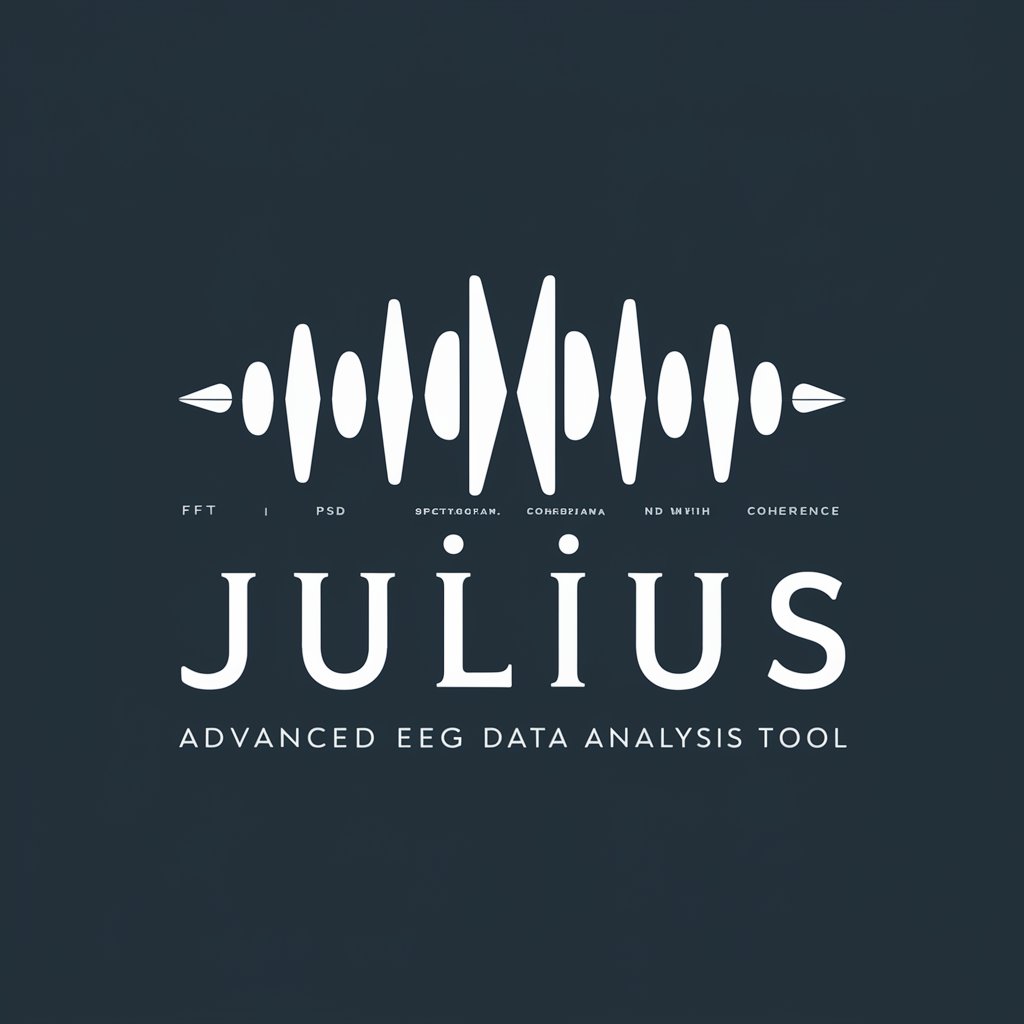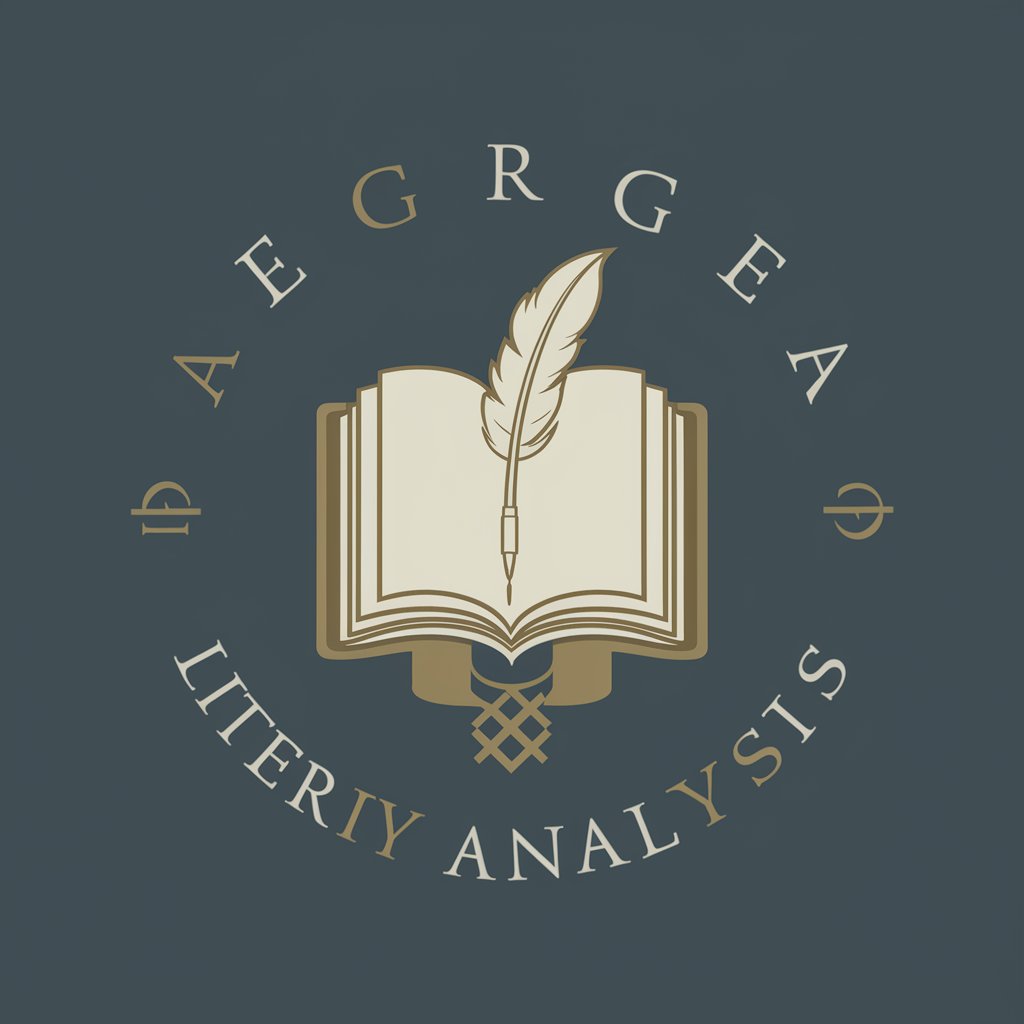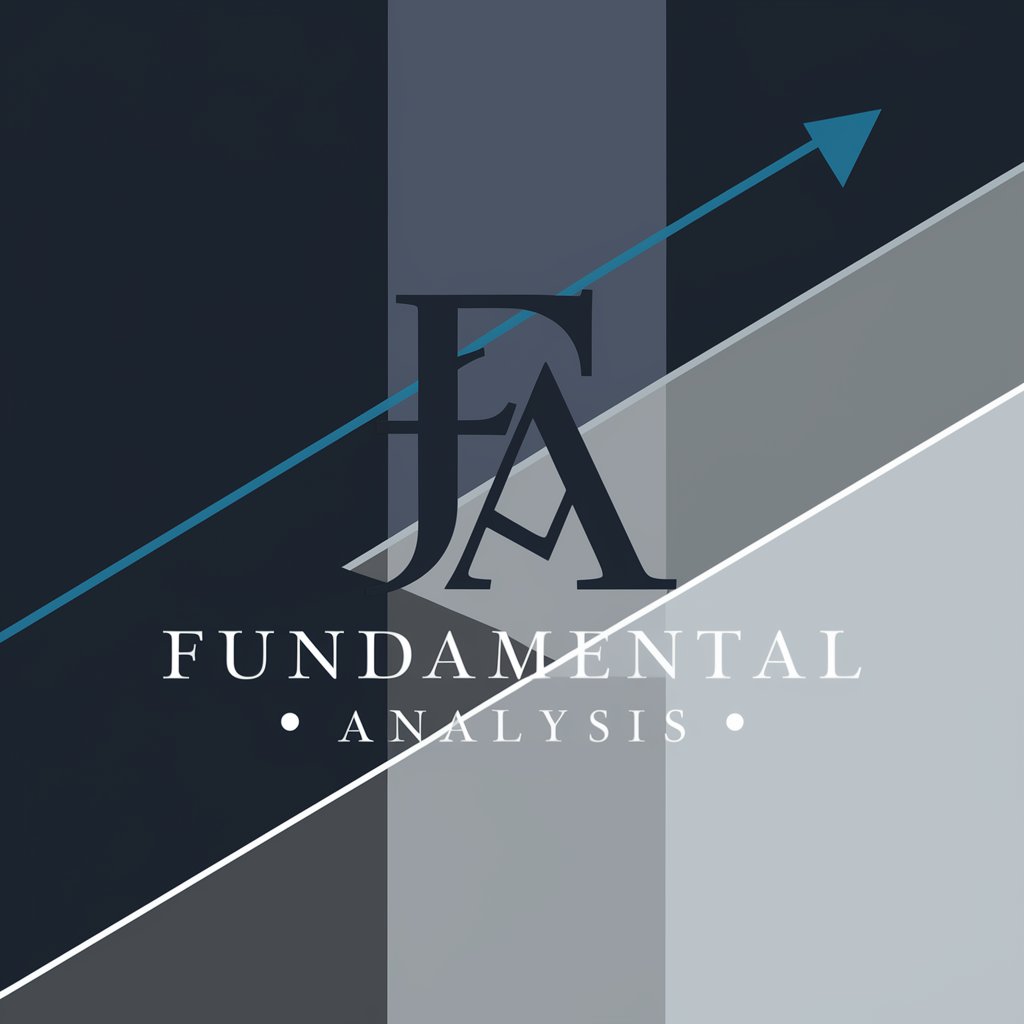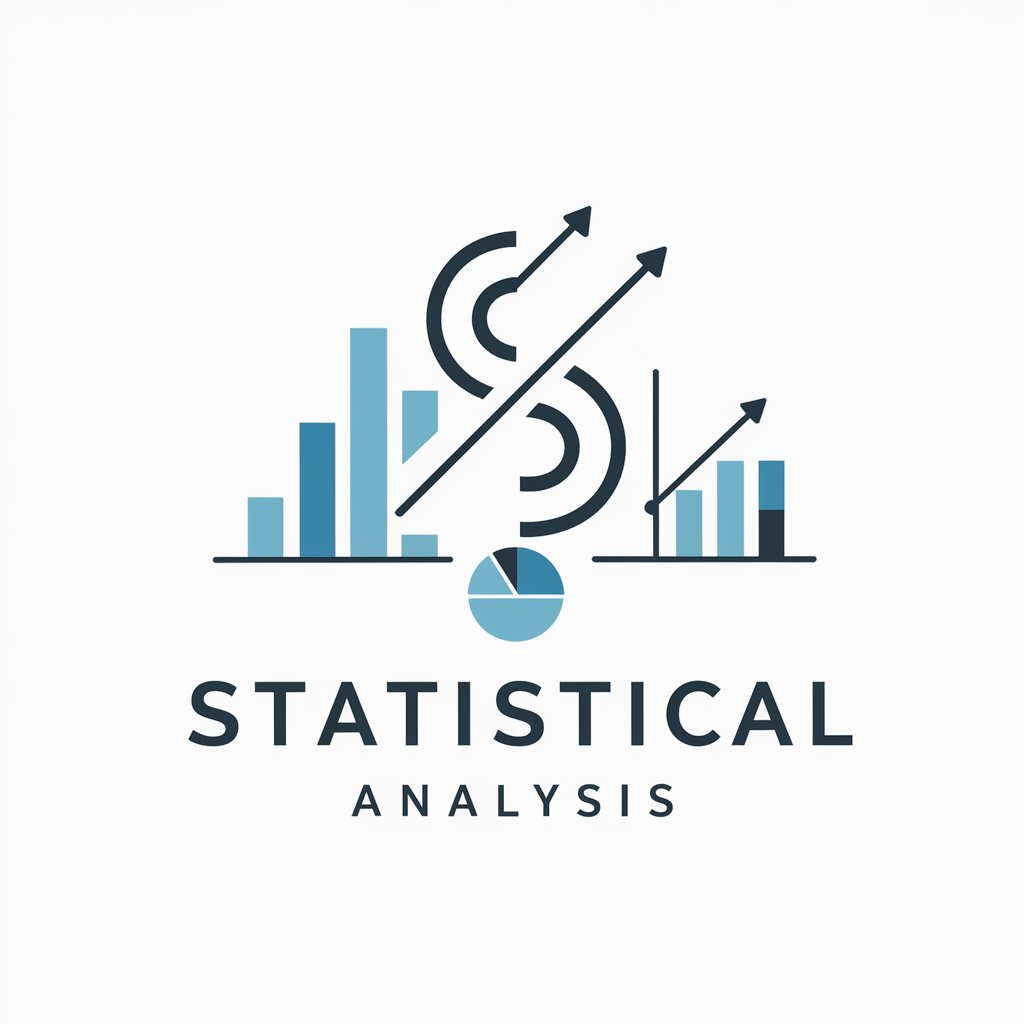EEG Analysis - AI-Powered EEG Analysis

Welcome to Julius, your expert in EEG data analysis.
Decipher Brain Waves with AI
Analyze the EEG data to identify dominant frequency bands.
Visualize the power spectral density for each EEG channel.
Perform artifact detection and removal on the EEG recordings.
Calculate the coherence between different EEG channels.
Get Embed Code
Introduction to EEG Analysis
EEG Analysis, also known as Electroencephalogram Analysis, is a sophisticated method designed to interpret the electrical activity of the brain captured through electrodes placed on the scalp. Its primary purpose is to analyze brainwave patterns, which are crucial in diagnosing neurological conditions, understanding brain function, and even in the field of cognitive neuroscience research. For example, an EEG analysis might be used to identify abnormal brainwave patterns that indicate epilepsy or to study how the brain processes information during a cognitive task. Powered by ChatGPT-4o。

Main Functions of EEG Analysis
Visualizing EEG Data
Example
Plotting the amplitude of brainwaves over time to identify patterns or anomalies.
Scenario
A neurologist uses EEG visualization to detect epileptic seizures in a patient by observing unusual spikes in brainwave activity.
Frequency Analysis
Example
Applying Fast Fourier Transform (FFT) to decompose brainwaves into their constituent frequencies.
Scenario
A researcher analyzes the frequency spectrum of an EEG recording to study alpha wave dominance during meditation.
Power Spectral Density (PSD) Estimation
Example
Calculating the power distribution across various frequencies to understand the intensity of different brainwave bands.
Scenario
A cognitive scientist uses PSD analysis to compare brain activity in different states, such as wakefulness versus sleep.
Artifact Detection and Removal
Example
Identifying and eliminating non-brainwave signals like eye blinks or muscle movements to clean EEG data.
Scenario
Before analyzing EEG data for a memory study, a researcher removes artifacts to ensure that the results reflect pure brain activity.
Ideal Users of EEG Analysis Services
Neurologists and Clinicians
Medical professionals who diagnose and treat neurological disorders such as epilepsy, sleep disorders, and brain injuries. EEG analysis helps them understand brain function and abnormalities in their patients.
Neuroscience Researchers
Scientists studying various aspects of brain function, from cognitive processes to the effects of meditation on brainwaves. They rely on EEG analysis for non-invasive insights into the workings of the human brain.
Biofeedback and Neurofeedback Therapists
Therapists who use EEG data to train individuals to alter their brain activity for improved mental health, such as reducing anxiety or enhancing concentration. EEG analysis provides the feedback necessary for effective training.

How to Use EEG Analysis
1
Start your EEG Analysis journey by visiting yeschat.ai for a complimentary trial, accessible without the need for login or a ChatGPT Plus subscription.
2
Upload your EEG data file directly on the platform. Ensure the file format is compatible, typically .wav for audio EEG recordings or .edf for digital EEG files.
3
Select the specific EEG analysis you require, such as frequency analysis, artifact detection, or connectivity analysis, from the available tool options.
4
Review the automated analysis report provided by the platform. Utilize the tool's visualization features for a deeper understanding of the EEG data.
5
For advanced insights, explore additional analysis features like power spectral density calculations or event-related potential analysis based on your research or clinical needs.
Try other advanced and practical GPTs
Metagenomics Analysis
Unveil microbial secrets with AI power

Friendly Neighborhood CISO
Empowering Cybersecurity with AI

Friendly Neighborhood Pastor
Your Virtual Pastor, Powered by AI

HomeMeta's Neighborhood Finder
Discover Your Ideal Neighborhood, AI-Powered

🏠 Real Estate Neighborhood Farming Expert 👨💼
AI-powered Local Real Estate Mastery

Kelowna Neighborhood Guide
Explore Kelowna with AI-driven insights

Literary Analysis
AI-powered Deep Dive into Literature

Osint Analysis
Unlock insights with AI-powered analysis

Feature Extraction
Unlock insights with AI-powered analysis

Fundamental Analysis
Empowering investment decisions with AI.

Statistical Analysis
Empowering Decisions with AI-Driven Statistics

Visual Muse
Crafting Your Vision with AI

EEG Analysis Q&A
What is EEG Analysis?
EEG Analysis refers to the process of examining electroencephalogram (EEG) recordings to interpret brain activity, identify patterns, and detect anomalies using computational algorithms and AI technologies.
Can EEG Analysis detect sleep disorders?
Yes, EEG Analysis can effectively detect sleep disorders by analyzing sleep stages and identifying irregular patterns such as sleep apnea, insomnia, and narcolepsy.
How does EEG Analysis assist in academic research?
In academic research, EEG Analysis provides insights into cognitive processes, neural responsiveness, and brain-computer interface development, enhancing understanding of brain function and behavior.
Is EEG Analysis applicable in real-time monitoring?
Absolutely, EEG Analysis can be used for real-time monitoring in clinical settings, allowing for immediate detection of epileptic seizures or assessing patient consciousness levels.
Can non-experts use EEG Analysis tools?
Yes, modern EEG Analysis tools are designed to be user-friendly, enabling non-experts to conduct preliminary analyses, though expert interpretation is recommended for complex data.
